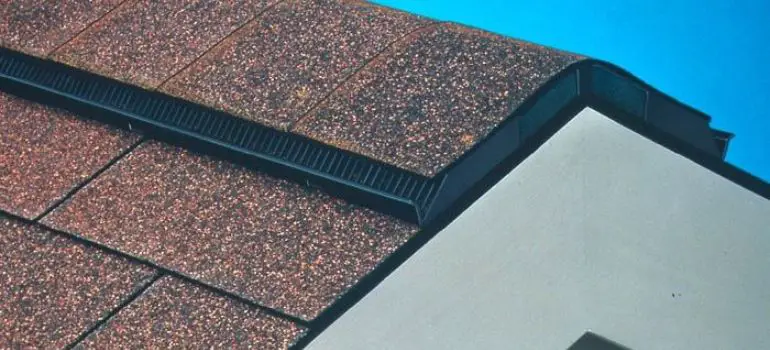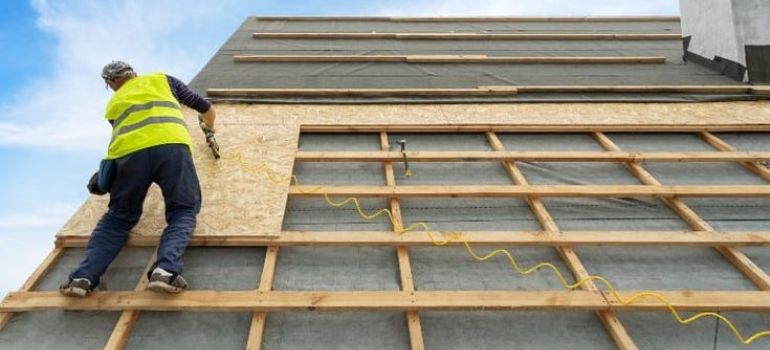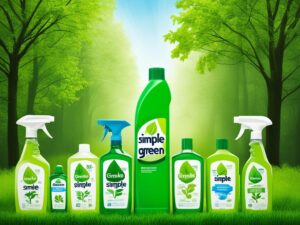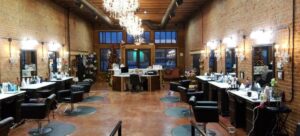When it comes to roofing, many homeowners focus on the shingles, their color, and their durability. While shingles play a significant role in protecting your home from the elements, what lies beneath them is equally important. Roof sheathing, also known as roof decking, is the layer of material that provides structural support to your roof and serves as a base for the shingles. But how long can roof sheathing be exposed before it needs to be covered with shingles? In this article, we’ll explore this crucial aspect of roofing and provide you with valuable insights to keep your roof in top condition.
Understanding Roof Sheathing
Before we dive into the exposure limits of roof sheathing, let’s first understand what it is and why it’s essential. Roof sheathing is typically made of plywood or oriented strand board (OSB) and is installed over the roof trusses or rafters. Its primary functions are to provide stability to the roof structure, distribute the load evenly, and create a flat surface for shingle installation.
The Importance of Proper Installation
Proper installation of roof sheathing is crucial for the longevity of your roof. It should be installed tightly and securely, leaving no gaps or spaces. This ensures that it can withstand various weather conditions without suffering damage. Inadequate installation can lead to premature wear and tear, which can be costly to repair.
How Long Can Roof Sheathing Be Exposed?
Roof sheathing can be exposed to the elements for a limited period without shingles. However, this duration should be minimized as much as possible to prevent potential damage. Here’s a breakdown of how long roof sheathing can be exposed under different circumstances:
1. Dry Weather:
In dry weather conditions, roof sheathing can typically be exposed for a few weeks without significant issues. However, it’s essential to monitor the weather forecast and plan for shingle installation as soon as possible.
2. Rainy or Humid Conditions:
In areas with frequent rain or high humidity, it’s advisable to cover the roof sheathing within a few days to prevent moisture absorption. Moisture can lead to warping, swelling, and mold growth on the sheathing.
3. Extreme Weather:
If you’re in an area prone to severe weather, such as hurricanes or heavy snowfall, roof sheathing should not be left exposed for an extended period. Extreme weather can cause significant damage, and it’s best to cover the sheathing promptly.
The Risks of Prolonged Exposure
Prolonged exposure of roof sheathing to the elements poses several risks and potential problems that can affect the integrity of your roof and your home. These risks include:
- Moisture Damage: One of the most significant risks of prolonged exposure is moisture damage. Roof sheathing is typically made of wood-based materials like plywood or OSB, which are vulnerable to moisture absorption. When exposed to rain, snow, or high humidity for an extended period, the sheathing can absorb moisture, leading to swelling, warping, and a reduction in its structural strength. Moisture can also create an environment conducive to mold growth, which can further compromise the sheathing’s integrity.
- Sun Damage: The sun’s ultraviolet (UV) rays can be harsh on exposed roof sheathing. Over time, prolonged exposure to UV rays can cause the sheathing material to deteriorate, become brittle, and lose its structural integrity. This can weaken the roof’s overall stability and reduce its lifespan.
- Pest Infestation: Uncovered roof sheathing can attract pests such as insects and rodents. These pests can find their way into your attic space through the exposed sheathing and potentially cause damage to your home’s interior. Pest infestations can lead to costly repairs and create a nuisance for homeowners.
To mitigate these risks, it’s essential to minimize the duration of exposure for your roof sheathing. Timely installation of shingles or roofing materials is crucial to protect the sheathing from these potential issues. Additionally, regular inspections of your roof can help identify any damage or moisture-related problems early on, allowing for timely repairs and maintenance.
Protecting Your Roof Sheathing

Prolonged exposure of roof sheathing to the elements poses several risks and potential problems that can affect the integrity of your roof and your home. These risks include:
- Moisture Damage: One of the most significant risks of prolonged exposure is moisture damage. Roof sheathing is typically made of wood-based materials like plywood or OSB, which are vulnerable to moisture absorption. When exposed to rain, snow, or high humidity for an extended period, the sheathing can absorb moisture, leading to swelling, warping, and a reduction in its structural strength. Moisture can also create an environment conducive to mold growth, which can further compromise the sheathing’s integrity.
- Sun Damage: The sun’s ultraviolet (UV) rays can be harsh on exposed roof sheathing. Over time, prolonged exposure to UV rays can cause the sheathing material to deteriorate, become brittle, and lose its structural integrity. This can weaken the roof’s overall stability and reduce its lifespan.
- Pest Infestation: Uncovered roof sheathing can attract pests such as insects and rodents. These pests can find their way into your attic space through the exposed sheathing and potentially cause damage to your home’s interior. Pest infestations can lead to costly repairs and create a nuisance for homeowners.
To mitigate these risks, it’s essential to minimize the duration of exposure for your roof sheathing. Timely installation of shingles or roofing materials is crucial to protect the sheathing from these potential issues. Additionally, regular inspections of your roof can help identify any damage or moisture-related problems early on, allowing for timely repairs and maintenance.
In summary, prolonged exposure of roof sheathing to the elements can lead to moisture damage, sun damage, and the risk of pest infestations. To ensure the longevity and structural integrity of your roof, it’s essential to cover the sheathing with shingles as soon as possible and take proactive measures to protect it from potential harm.
Conclusion
In conclusion, while roof sheathing can withstand some exposure to the elements, it’s crucial to keep this duration as short as possible. The longer it’s left exposed, the higher the risk of damage. Protecting your roof sheathing through proper installation and maintenance is key to a long-lasting and resilient roof.
FAQs (Frequently Asked Questions)
It’s not recommended. It’s best to remove the old sheathing and install new material for a more durable and secure roof.
Plywood and oriented strand board (OSB) are common choices, but the best material depends on your climate and budget. Consult with a roofing professional for guidance.
Regular inspections, at least once a year, are recommended. More frequent checks after severe weather events are also a good practice.
While it’s possible, it’s a complex task that requires expertise. It’s safer to hire a professional to ensure it’s done correctly.
Signs include sagging, water stains on ceilings, and visible mold or mildew in the attic. If you notice any of these, it’s time to address the issue promptly.



